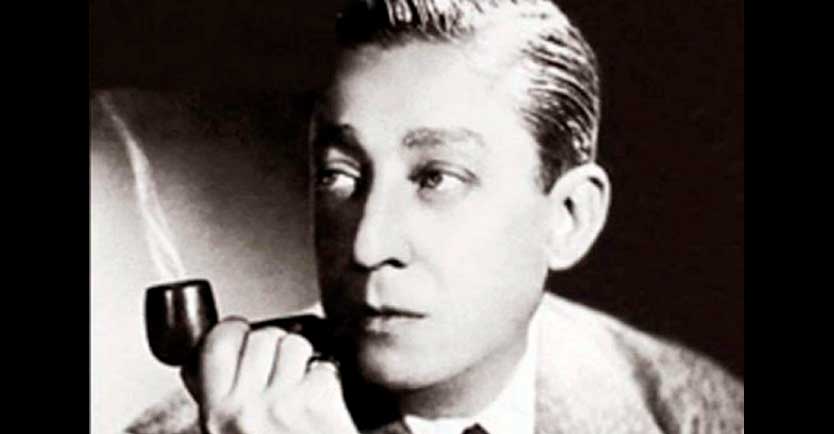are met 40 year goodbye to the musician and composer, author of unforgettable works such as "El monito", "Boedo" and "Mala junta", what in 1924 he founded a sextet that marked a key moment of the tango-song that included the advent of written music.

Julio De Caro, one of the expressions par excellence “Guardia Nueva” which he transformed the tango in the decade of the 20 and he opened the way for mass distribution, He died in Mar de Plata ago 40 years.
Perhaps the greatest contribution of De Caro, measurand for his influence on other musicians and their ability to renew the musical language, the sextet has been founded in 1924 (in parallel with the splendor of another aesthetic movement, the tango-song), although his long career as a violinist, orchestral conductor and composer left other traces. Before and after.
He was born 11 from December to 1989 in a large house in Balvanera. It was the second 12 brothers and his father was, Don Jose Professor of the Conservatory of Milan-, who started in music. To the 13 years and offered special lectures, music theory and violin.
In this musical atmosphere also they forged his brothers Emilio (violinist) and Francisco (pianist), who was years later the composer “Loca bohemia”, an essential part of the “Decarean school”.
The tango, but nevertheless, it was forbidden in the house of the De Caro because it was not considered “music would be” and tension caused the expulsion of July when they had dared to comment that called for a replacement in the orchestra of Eduardo Arolas.
After joining an orchestra in Montevideo, the big story of De Caro began to be written in 1923 when he joined the orchestra of Juan Carlos Cobian who, with Enrique Delfino, He became one of the stalwarts of the melodist movement that prevailed in the tango of the decade.
The legendary sextet De Caro inherited some of the musicians Cobián. The first training comprised Maffiay Pedro Luis Petrucelli (bandoneones), July CaroyEmilio De Caro(violins),Francisco De Caro(piano) yLeopoldo Thompson(double bass).
The catalyst was sextet innovations that, without systematization, They were observed at the scene of the time. It was one of the engines “Guardia Nueva”, which meant the advent of written music, with orchestral elements, detriment of “wingback” Old Guard.
Then appeared counterpoints, counter lines and syncopated beats that transformed writing. Y, definitely, tango stopped written in two×4 to be written in 4×4, which he helped the melodization and transformed -also- the dance, which it became more “dragged”.
But, also, within a society sextet finished defining the bandoneon as the flagship instrument of the tango through the bandoneon section of Pedro Maffia and Pedro Laurenz it is lit.
According to an unconfirmed version, a day of 1924, De Caro, he must replace his bandoneon Petrucelli, It went to a cafe where he played Patricios Park Orchestra Roberto Emilio Goyeneche to hire Enrique Pollet. But there he met Laurenz, of 26 years, and he touched. The relationship between Maffia and Laurenz was rough at the beginning, but it ended up becoming a central company for the history of the tango.
In 1935, Caro formed an orchestra 40 teachers for Carnival dances organized by the Municipality of Buenos Aires in elTeatro COLONY alternated stage with the jazz of Eduardo Armani. At that time the tango was released”Coquito”of the maestroCarlos López Buchardo.
De Caro's work as a composer was also very important, with titles like “The little monkey”, “Mala Junta” O “Boedo”. With his handwriting and shape orchestration, He became an acquired taste and, from its base, other orchestras were developed, perhaps with greater capacity for innovation that the driver of the process itself.
Caro withdrew from the orchestral direction 1954, but it was, evidence sight, other transformers influential tango as Osvaldo Pugliese, Aníbal Troilo or Astor Piazzolla.
He died 11 March 1980, in Mar de Plata. On his behalf and that of the Carlos Gardel, He born -like De Caro- a 11 from December (but 1890)- It is celebrated the National Day of Tango.
Source: Telam – 8 March 2020



